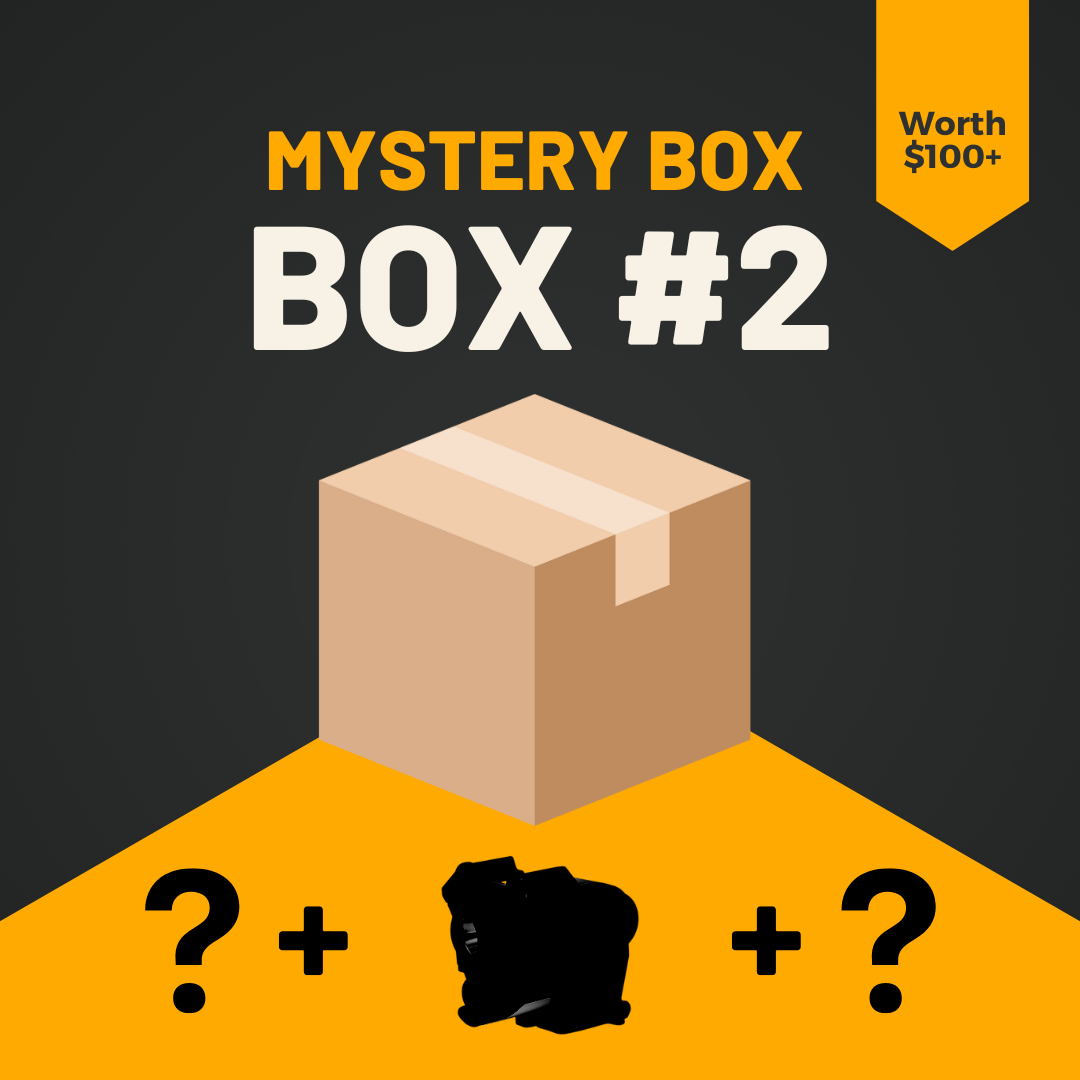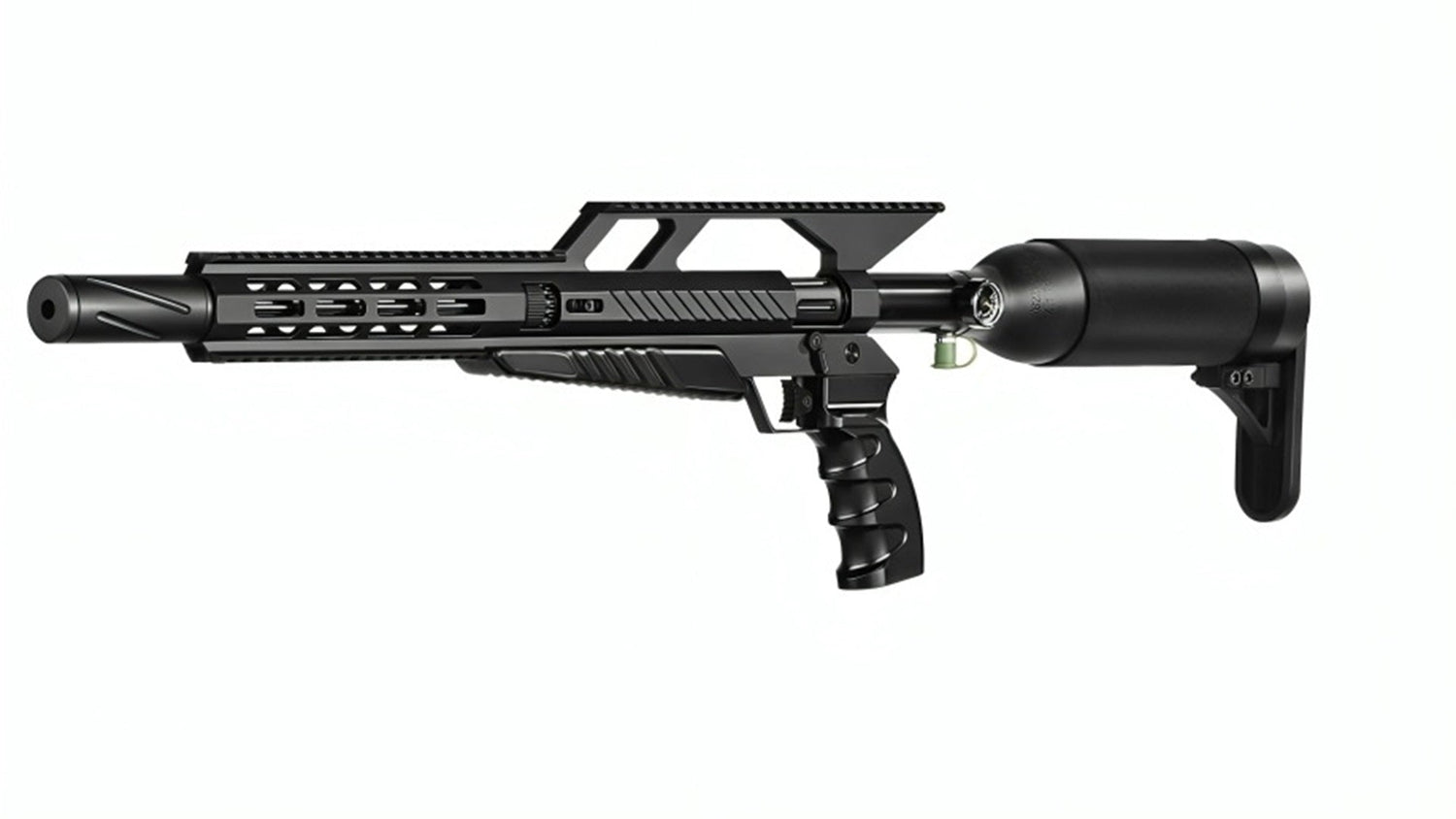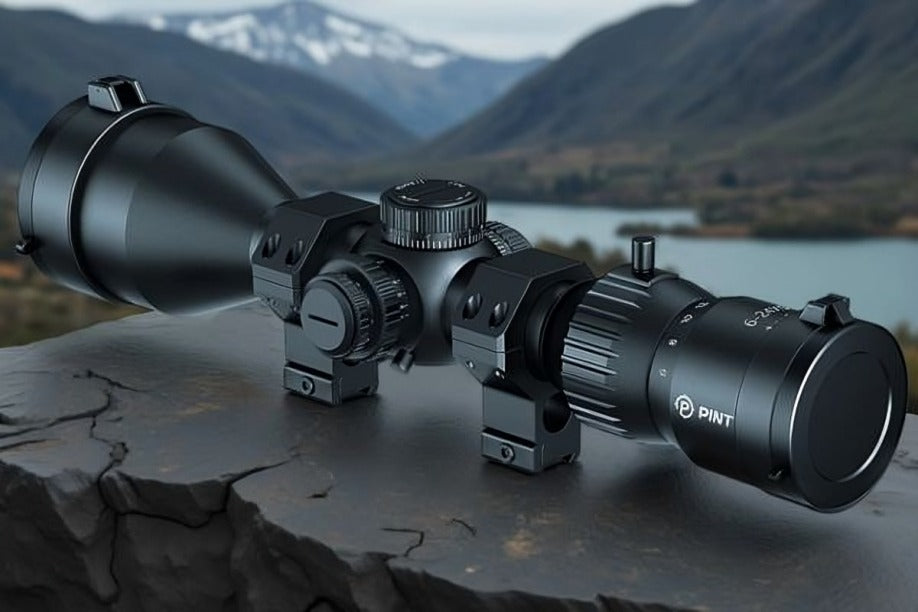If you’ve recently started exploring air rifles, you’ve probably come across the big debate on spring-piston (or break-barrel) and PCP air rifles.
To a beginner, there is no apparent difference between a PCP and a spring rifle: they both send pellets flying fast and accurately without using gunpowder.
But if you dig a little deeper, you’ll find that the way they work (and how they feel to shoot) is completely different, and no one is inherently better than the other. Like many things in the world of guns, rifles, and shooting, it depends on who is using it.
So, how do you choose between the two?
We are breaking down how PCP air rifles and spring-pistons compare in all the ways that really matter: ease of shooting, accuracy, accessories, cost, game suitability, and regulations.

1. Shooting Experience: Recoil and Accuracy
This is usually the first thing new shooters notice: how an air rifle feels when you fire it. As far as ease of shooting goes, a PCP air rifle is a lot more beginner-friendly than a Spring gun.
First, PCP air rifles have practically no recoil, which (and this is important), in turn, means it is easier to achieve accuracy. Compared to a PCP rifle, a spring rifle would be much harder to manage and shoot with accuracy, especially for a beginner.
i. Spring Rifles are Harder to Shoot Accurately
It all comes down to how the spring rifle works. A spring-piston rifle works by compressing a spring (or a gas piston) every time you cock it. When you pull the trigger, that spring slams forward, pushing a piston that compresses air behind the pellet. The result is a noticeable kick and a quick forward-backward vibration.
Mind you, this is not painful, but it’s definitely unique.
That movement, the very forward-backward motion that causes a spring rifle to function, is what makes them a bit harder to shoot accurately, especially for beginners. The recoil is hard to manage, and it makes it harder to achieve accuracy.
ii. PCP Air Rifles Are Easier to Shoot
A PCP rifle, on the other hand, doesn’t have the kind of recoil. In fact, it has no recoil at all. PCP air rifles store high-pressure air in a built-in tank and release just a tiny amount per shot.
Because there’s almost no moving mass when the trigger is pulled, there’s virtually no recoil or vibration. That makes it much easier to shoot accurately right out of the box.
So, if your main goal is precision and you’d rather not wrestle with technique, PCP rifles are simply easier to shoot accurately.
You can Master a Spring Rifle: With Technique
That being said, PCP air rifles are not completely unmanageable. Even with the high recoil, you can still manage to contain the rifle and attain some level of accuracy as long as you are willing to learn certain techniques
One of these is a technique called the artillery hold: a loose, consistent grip that lets the rifle recoil naturally without fighting it. Once you learn it, you can shoot tight groups, but it takes some practice and patience.

2. Accessories and Scopes: What Fits Better
This one’s pretty straightforward: PCP rifles love accessories. Because they have almost no recoil, PCP air rifles are gentle on scopes. Hence, depending on your budget, you have the freedom to go for anything from delicate or high-end optics.
You can also easily mount large scopes, use lightweight rings, and attach extras like bipods, lasers, or sound moderators without worrying about balance or durability. Many PCPs even come with multiple rails for accessories.
i. Spring Rifles are Not as “Accessory-Friendly”
Springers, on the other hand, are a bit picky. That “double recoil” can be rough on optics, so you’ll need a scope that’s rated for spring-piston air rifles.
Regular scopes can lose zero or even break after a while. The mounts also need to be rock-solid and sometimes include stop pins to prevent them from creeping backward.
If you’re planning to trick out your rifle with accessories or a high-end scope, the PCP platform is the clear winner here.
3. Cost and Maintenance
Spring air rifles are far more affordable than PCP air rifles: both in terms of upfront costs/prices and costs over time.
A good-quality break-barrel can be surprisingly inexpensive, and that’s all you need. You don’t need air tanks, compressors, or pumps. Maintenance is minimal: maybe a drop of oil once in a while and a new spring or seal every few years.
Why PCP Air Rifles are More Costly
PCPs are more of an investment, and they are usually about two times or three times more expensive than spring rifles. The rifles themselves cost more, and you’ll also need a way to fill that high-pressure air tank.
That means buying a hand pump, a scuba tank, or an electric compressor. Those can easily double your initial cost.
Once you’re set up, however, the running costs are about the same: pellets are cheap, and most modern PCPs are very reliable.
So, if you’re on a budget or you want a grab-and-go rifle that’s ready anytime, a springer makes a lot of sense. But if you’re after top-tier consistency and don’t mind the initial expense, a PCP will reward you every time you pull the trigger.

4. Hunting and Power: What Can You Take Down?
Both PCP and spring rifles can be used for hunting, but they shine in different niches.
A springer is excellent for small game and pest control (think squirrels, rabbits, rats, or starlings). They deliver good power at close to medium ranges and are easy to carry into the field since you don’t need extra air tanks.
PCPs Are Better For Larger Game
With a PCP, though, you can go well beyond that. Because they use stored high-pressure air, they can deliver more consistent and higher energy with every shot. In fact, larger-caliber PCPs (like .25, .30, or .357) can humanely take down foxes, raccoons, and even coyotes or deer (depending on local laws and the rifle’s power output).
So, for small game and backyard pesting, both will do great. For larger game or longer-range shots, a PCP rifle has a definite edge.
5. Legal and Regulatory Differences
In many places, PCPs are more tightly regulated than spring-piston rifles, especially high-powered models. Some countries and states set maximum muzzle energy limits for airguns, and PCPs are often the ones that push past those thresholds.
Springers are often seen as less powerful and more “recreational,” so they may be exempt from certain permits or restrictions.
But that’s not universal. It is advisable to always check your local airgun laws before you buy.
In short, if you want fewer headaches when it comes to transport, ownership, and local limits, a moderate-power spring gun might be the simpler route.
PCP vs Spring Rifles: Other Practical Considerations
A few smaller points are worth mentioning, too:
- Noise: PCPs are often quieter, especially with shrouded barrels or moderators. Springers make a mechanical “thunk” that’s harder to suppress.
- Shot count: PCPs can hold dozens of shots per fill, while springers need to be cocked for every single shot.
- Cold weather: Springers don’t care about the temperature. PCPs can lose efficiency in extreme cold if the moisture inside the tank freezes.
- Portability: Springers win here: no pumps, tanks, or hoses to haul around.
So, Which One Should You Choose?
If you’re after ease, accuracy, and long-range consistency, and you don’t mind paying more at the start, go for a PCP rifle. It’ll shoot smoother, let you use any scope you like, and open up more hunting potential.
But if you want something simple, self-contained, affordable, and fun, a spring-piston rifle is a fantastic way to start. You’ll learn proper shooting technique, spend less, and always have a rifle ready to go without needing any air tanks.
9 Pellet .22Cal Bullpup PCP Air Gun: Great For a Beginner
If you are a beginner undertaking a serious hobby (hunting, regular target shooting), the 9-shot .22 PCP bullpup from Pinty is a great choice. 22 cal is forgiving and better for small-game/field-target than .177, and with a 9-pellet magazine, it is convenient for target practice without reloading every shot.
For more options, you can also take a look at different models, including the Pinty Timber 10 Pellet .22Cal PCP Pellet Gun.
And, Finally…
Both are rewarding to shoot; they just suit different personalities. Think of it like cars: the PCP is the high-performance automatic: smooth, easy, precise. The springer is the stick shift: simple, mechanical, and satisfying once you master it.







